-
Grand crème, café crème, au lait: how to order coffee in France?
We explain the subtle distinctions between the various terms used in cafés
-
Know your cheeses and their seasons: which to eat in France in February
Cow’s milk cheeses dominate as winter comes to an end
-
Films and series to watch in February to improve your French
Every month we outline good film and TV series to improve your language
MAP: France’s most welcoming towns and villages
We look at the places rated as being most accessible and interesting to visitors according to users of a leading hotel reservation site
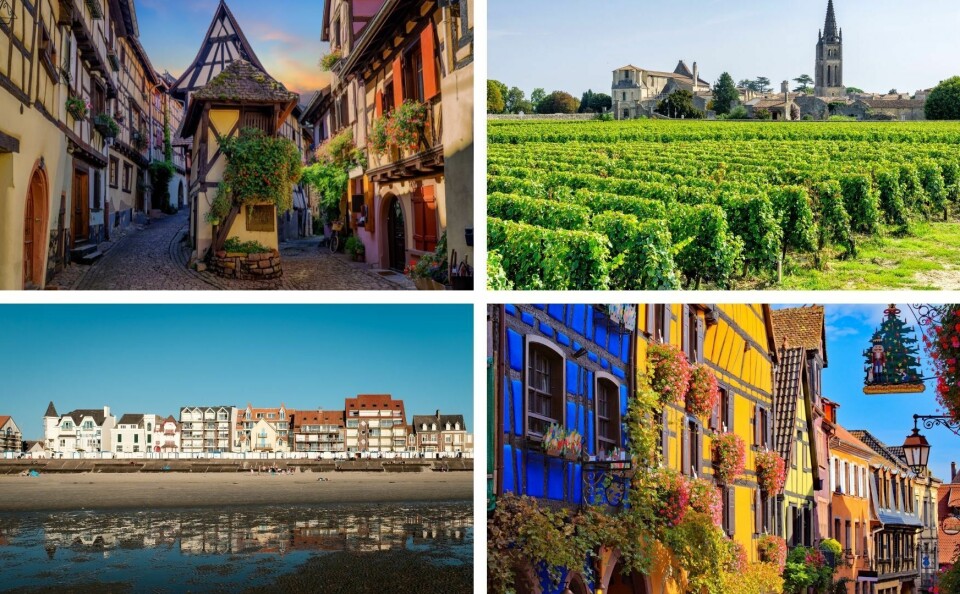
Four of France’s most welcoming towns and villages are situated in the Alsace region, according to a yearly study carried out by reservations site Booking.com.
The top 10 list is formed of towns “which distinguish themselves for the quality of their welcome and the unforgettable experience that they offer to travellers who visit them.”
This might be because they have received a high number of positive reviews on the quality of the accommodation or the transport services available.
Riquewihr (Haut-Rhin) topped the list, with nearby communes Ribeauvillé, Colmar and Eguisheim also appearing in second, ninth and tenth place.
We take a look at the full ranking.

1. Riquewihr
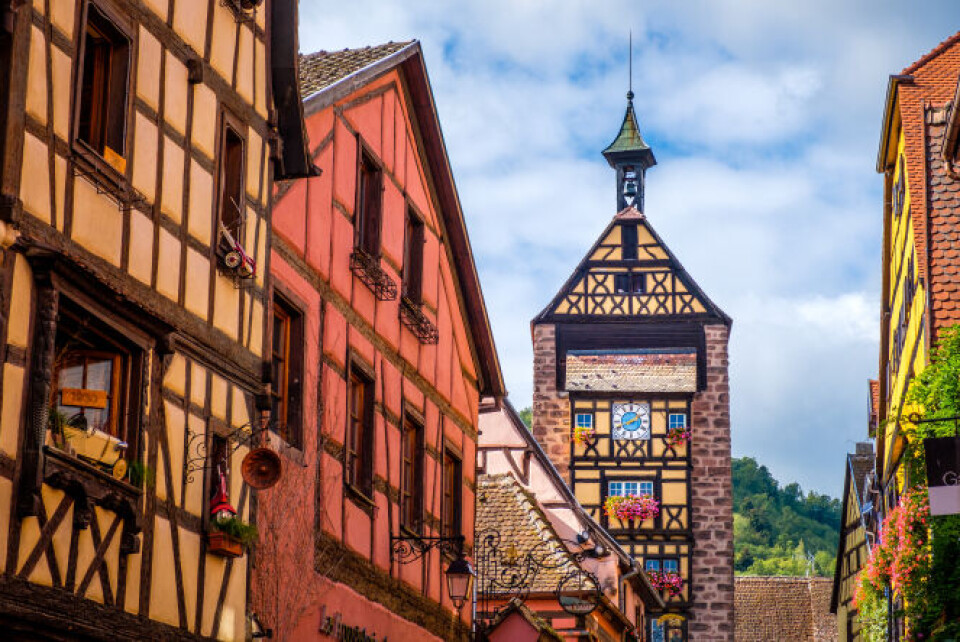
Riquewihr is in Haut-Rhin. Credit: Bill Vuthipakornkitti / Shutterstock
With its characteristic Alsatian style, Riquewihr is a colourful and historic village to visit.
It is known for its Riesling and other wines, and is located on the Route des Vins.
Visitors can also explore the fourteenth-century Tour des Voleurs, a former prison, which contains torture instruments, and a museum about Alsace during World War Two.
2. Ribeauvillé
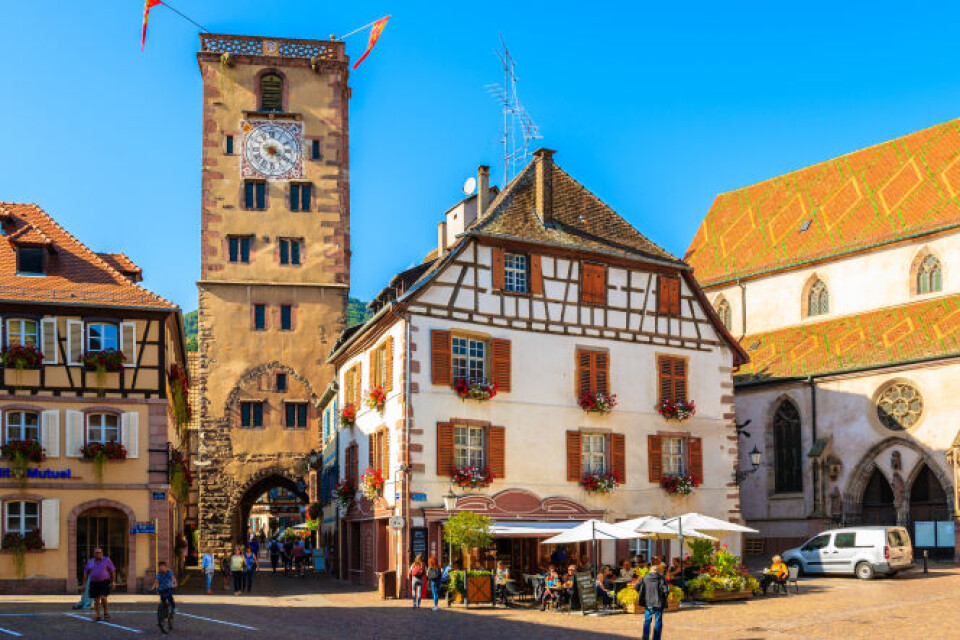
Ribeauvillé is located in Haut-Rhin. Credit: Pawel Kazmericzak / Shutterstock
Ribeauvillé is located around 75km south of Strasbourg, at the foot of the Vosges Mountains.
The town is walled and contains several mediaeval houses and Gothic churches. The forest of Ribeauvillé is also home to the largest giant sequoia tree outside the US.
Ribeauville, like Riquewihr, is known for its viticulture, with many of the area’s winemakers associated with the Cave de Ribeauvillé, one of the oldest in France.
3. Saint-Émilion
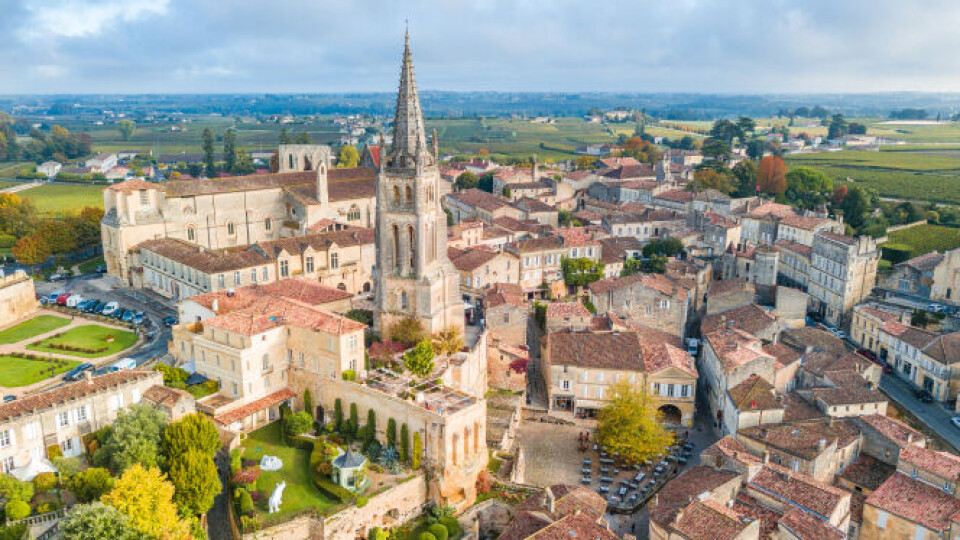
Saint-Émilion is in Gironde. Credit: Jon Chica / Shutterstock
The top 10 then moves away from Haut-Rhin to Gironde and Saint-Émilion, which is also a village linked to winemaking.
Saint-Émilion is located 35km east of Bordeaux, and since 2012 has hosted an annual jazz festival.
4. Saint-Aignan
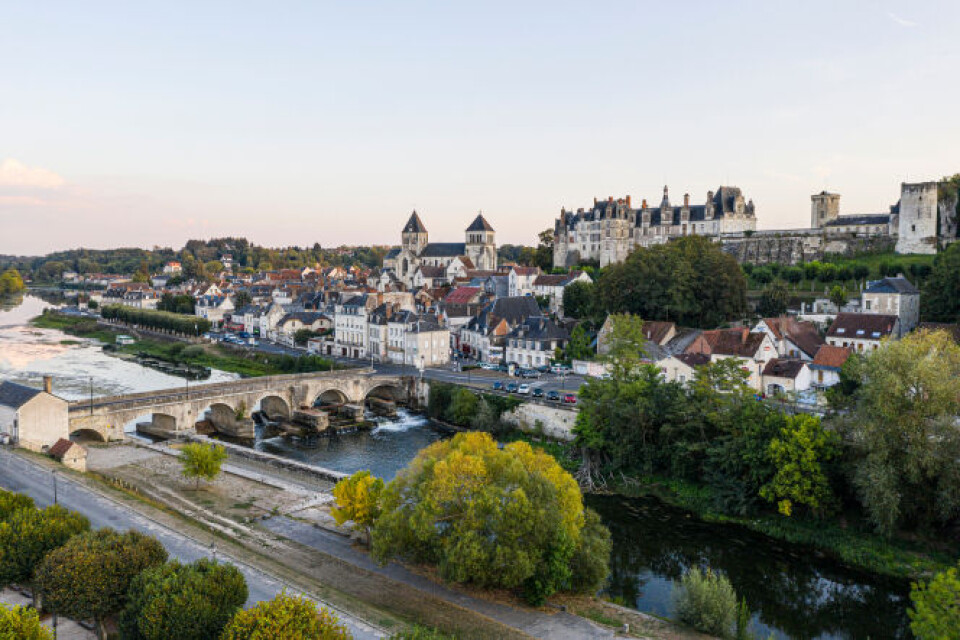
Saint-Aignan is in Loir-et-Cher. Credit: Eric Isselee / Shutterstock
Sitting on the banks of the river Cher, Saint-Aignan sits in the heart of the Loire châteaux region.
It is known for its animal park, the ZooParc de Beauval, but also has a long and varied history. The mediaeval town is dwarfed by a large Renaissance château built on the site of a ninth-century fortress, and its outdoor courtyard offers sweeping views of the Cher Valley landscapes.
5. Moustiers-Sainte-Marie

Moustiers-Sainte-Marie is in Alpes-de-Haute-Provence. Credit: Rolf E. Staerk / Shutterstock
Known as one of the most beautiful villages in France, Moustiers-Sainte-Marie is situated in the Verdon regional natural park, which is home to a variety of flora and fauna.
Above the town, there is a gold-coloured star hanging on a long chain suspended between two cliffs.
Although the star has been replaced several times over the years, its origin is thought to lie in the tenth century, when, according to legend, a knight called Bozon de Blacas was held prisoner by the Saracens, and vowed to hang a star over the village if he was able to return there.
6. Albi
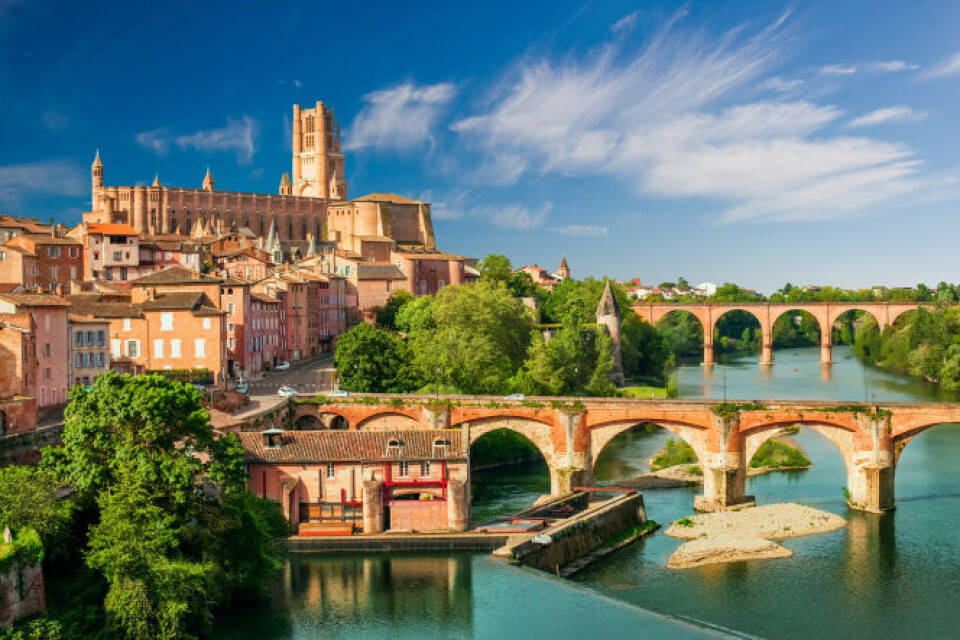
Caption: Albi is in the department of Tarn. Credit: Nata Shilo com / Shutterstock
Albi’s Cathédrale Sainte-Cécile site is on the Unesco World Heritage list because of its unique architecture, and also contains a museum dedicated to the artist Henri de Toulouse-Lautrec, who was born in the town.
The museum building used to be home to the Palais de la Berbie, which was formerly a bishops’ palace and is older than the Palais des Papes in Avignon, being completed in the late 1200s.
Albi’s Pont Vieux (Old Bridge) was built around 1040, but is still used today.
7. Verdun
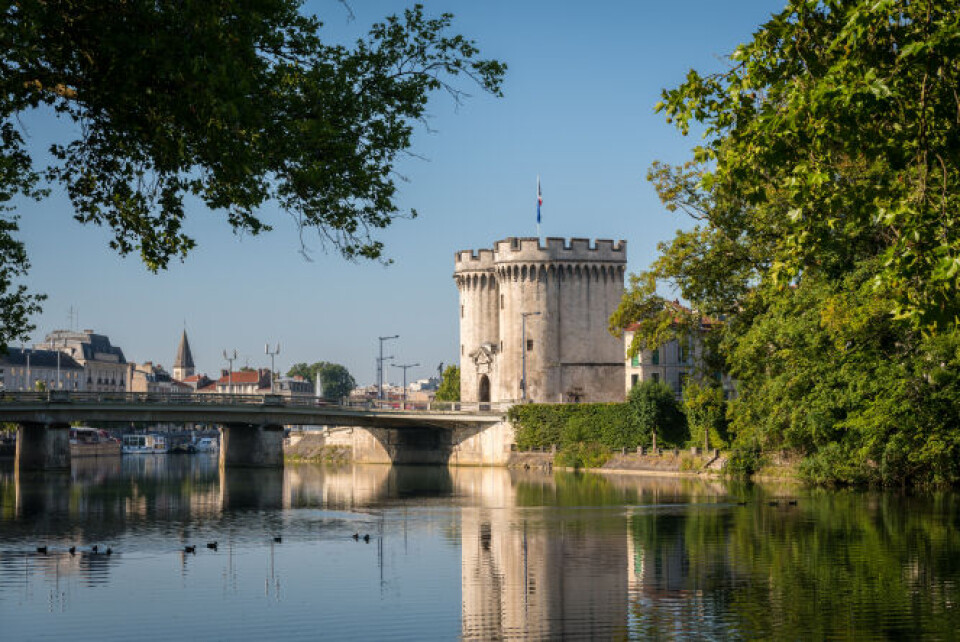
Caption: Verdun is in Meuse. Credit: Stefan Rotter / Shutterstock
Verdun is perhaps best known for the World War One battle of the same name, which was the longest-lasting of the whole conflict.
The name Verdun comes from the Latin ‘Verodunum’, which was derived from the Gaulish for ‘strong fort’. The city has been the seat of the Bishop of Verdun since the fourth century.
Since the thirteenth century, Verdun has been known for its draguées (sugared almonds), which used to be distributed when French princes were baptised.
8. Wimereux
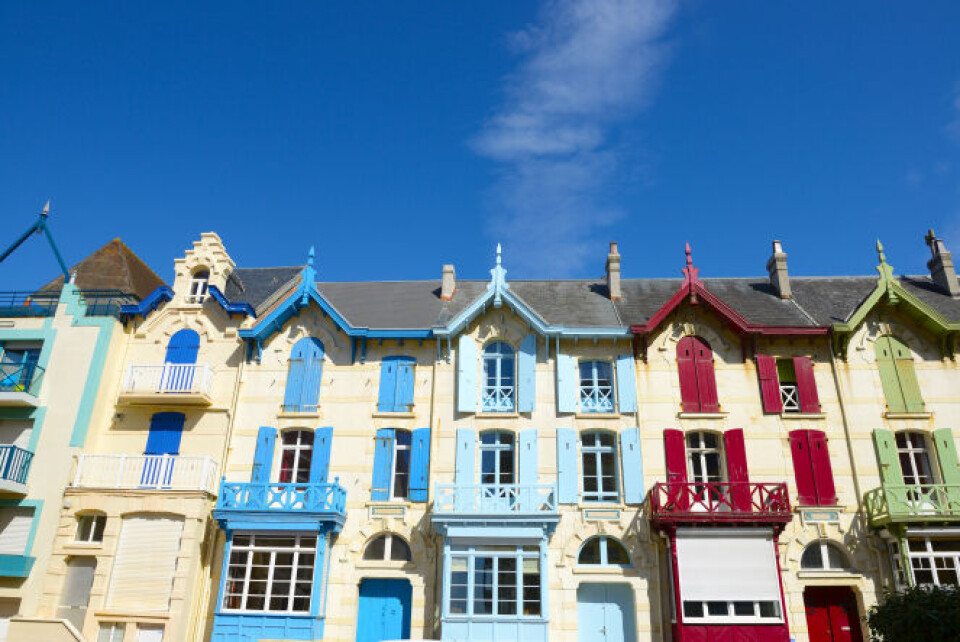
Wimereux is in Pas-de-Calais. Credit: Yuriy Chertok / Shutterstock
Wimereux is known for the part it played in World War One and Two. During the former, it was a hospital centre for servicemen and its cemetery was used for war burials.
Colonel John McCrae, who wrote the poem ‘In Flanders Fields’, died in the hospital and is buried in the town.
During World War Two, the German Naval Headquarters were located in the north of the town, which was later shelled by Allied forces after D-Day and retaken by Canadian troops in September 1944.
9. Colmar
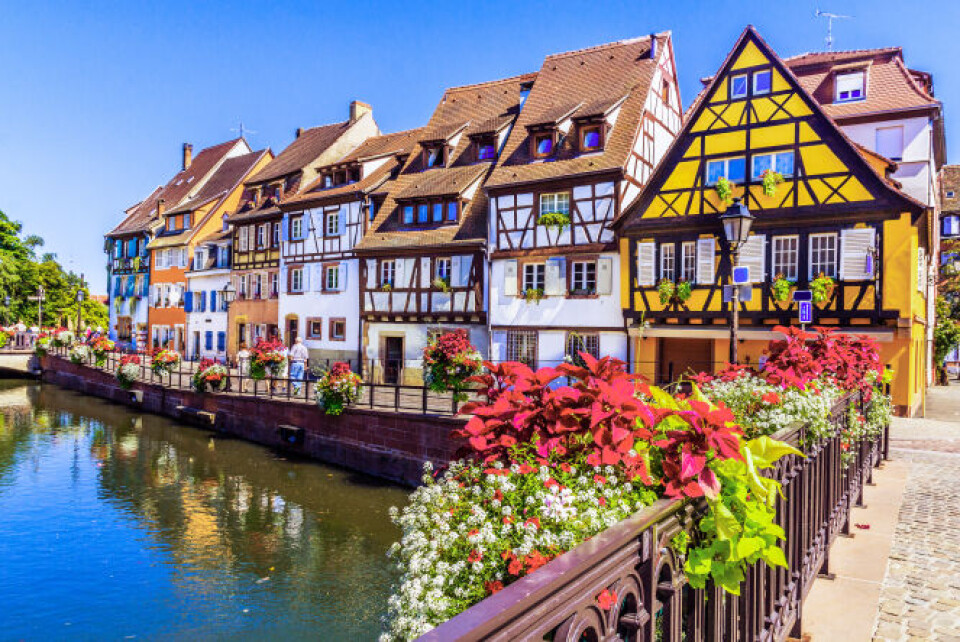
Colmar is in Haut-Rhin. Credit: Izabela23 / Shutterstock
Colmar also sits on the Route des Vins and considers itself to be the capital of Alsatian wine. It is also where the Haut-Rhin prefecture is located.
The city dates back to the time of Charlemagne, and over the years has passed between German and French hands.
In 1863, the Colmar Treasure, a collection of precious objects hidden by Jewish people during the Black Death, was discovered in the town.
10. Eguisheim
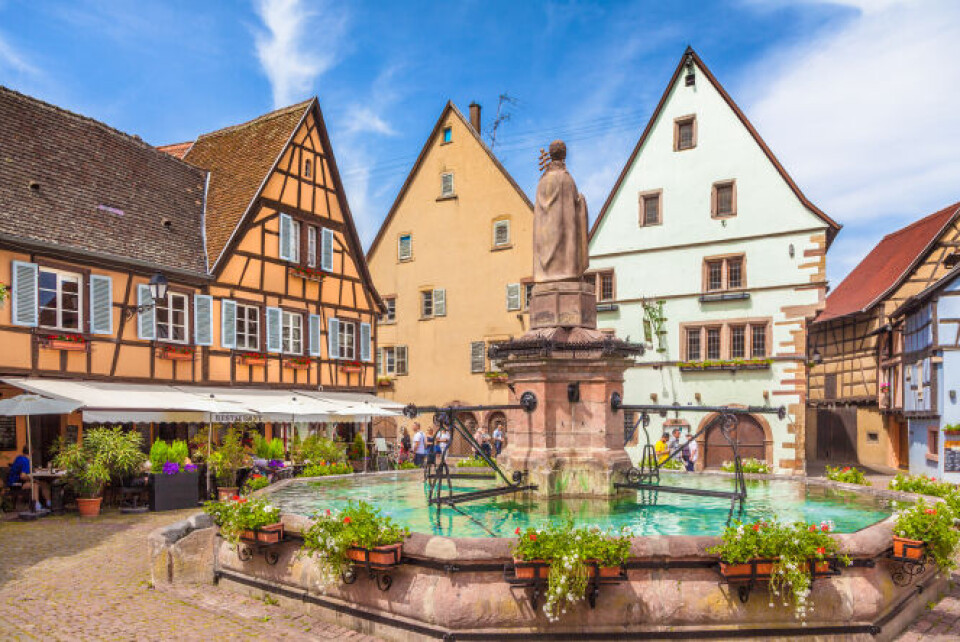
Eguisheim is also in Haut-Rhin. Credit: canadastock / Shutterstock
Eguisheim lies on the edge of the Ballon des Vosges Nature Park, and is also a wine-producing commune on the Route des Vins.
It is popular with hikers and cyclists, and one of its major attractions is the nearby ruined Château de Hagueneck, which is a listed historical monument.
Booking.com based its results on 232 million reviews posted by customers from 220 countries and territories.
France came out as the third most hospitable country in the world for travellers, after Italy and Spain.
Related articles
‘We sailed to France on a barge and took our time house hunting’
MAP: A tour of France by local cheeses - how many have you tried?
Updated Map: French commune names that sound like something funny
























